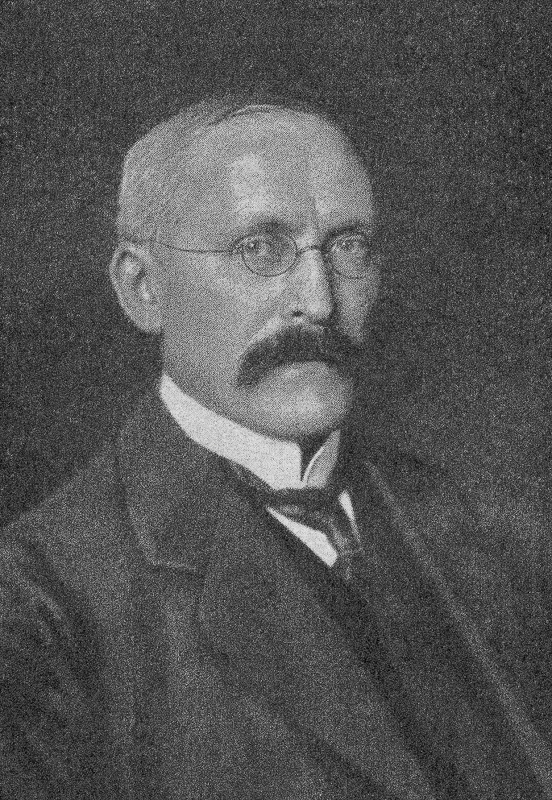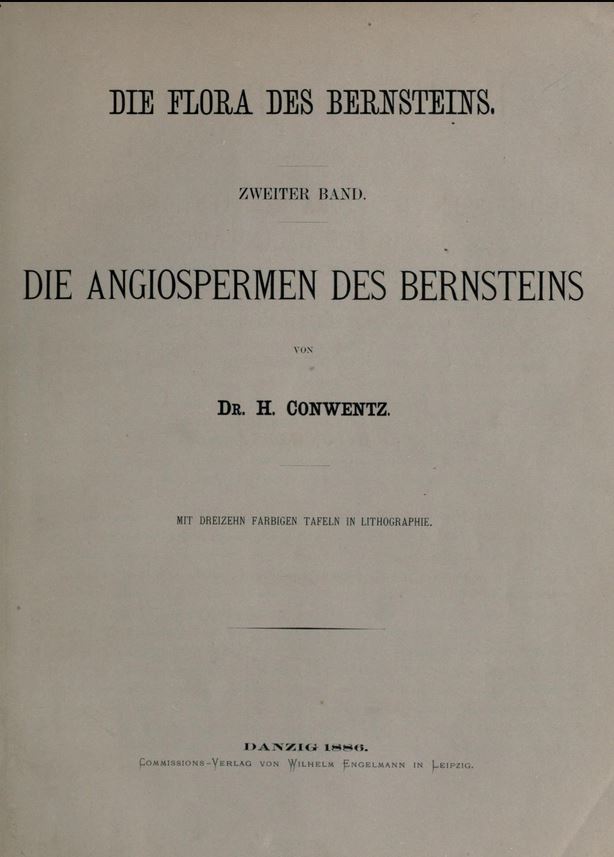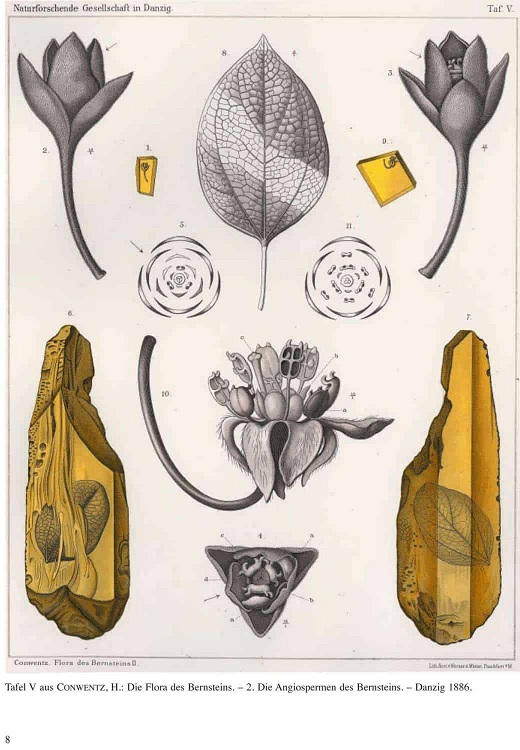He was born on January 20th 1855 in Gdańsk-Św. Wojciech, in a family of zealous Mennonites. His father was a merchant and traded in coal. Hugo studied botany at the University of Wrocław, where in 1876 he defended his doctoral dissertation. He was the organizer and the first director of the West Prussian Provincial Museum in Gdańsk (1880–1910) and a member of many scientific associations, incl. Society for Natural Research in Gdańsk (Naturforschende Gesellschaft in Danzig), in which he was secretary, and co-founder of the West Prussian Botanical and Zoological Society (Westpreussische Botanisch-Zoologische Verein). On behalf of the museum, he examined about one hundred archaeological sites. He conducted scientific research in the field of floristics and phytogeography. He popularized the idea of nature conservation by publishing his works in many European countries and the United States. He made numerous trips abroad, giving lectures and lectures. Thanks to his efforts, the first national park in Europe was created (Sweden 1909). He also contributed to the establishment of the world’s first nature conservator’s office in Gdańsk, assuming this position in 1906.
In 1918 he led to the cessation of the logging of the most valuable parts of the Białowieża Forest by the German army. Thanks to his activity, local bisons are also intensively protected. In recognition of his merits, a few years ago, one of the most powerful oaks in Białowieża was named after him.
From 1896 to 1911 he belonged to the Society for the Reconstruction and Beautification of the Castle in Malbork, and in the years 1899–1910 he was on its board. For several years, on behalf of the Provincial Museum of West Prussia, he looked after the Society’s library in Gdańsk and part of the numismatic collections in Malbork. He gifted the castle with several historic objects: seal pistons, a medal of the Silesian Horticultural Exhibition and graphics with a view of the cathedral in Trondheim, Norway. In October 1910, he moved to Berlin, where he became director of the Botanical Museum. He died in this city on May 12, 1922.
Lit .: Geschäftsbericht des Vorstandes des Vereins für die Herstellung und Ausschmückung der Marienburg (1896–99, 1899–1902, 1902–05, 1905–08, 1908–11); H. Eichen, Hugo Wilhelm Conwentz aus Danzig, Westpreußen-Jahrbuch, Bd. 37 (1987) pp. 121-125; K.A. Langowska, Hugo Wilhelm Conwentz – Gdańsk archaeologist and naturalist, Bursztynisko. The Amber Magazine, (2020), No. 44, pp. 110–118.
(compiled by R. Rzad)

Hugo Wilhelm Conwentz; source www.gedanopedia.pl (accessed on March 19, 2021).


The cover and one of the pages of Conwentz's work on amber inclusions; source: www.archive.org (accessed on March 19, 2021).
